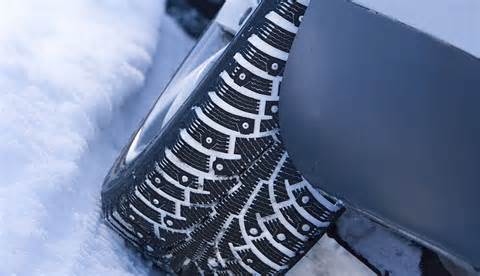Drivers are recommended to use winter tires when winter is in the air. It is stated that winter tires can save lives and money. Is it really so or is it a just exaggeration? If it is the fact, but why and how? Keep reading and you’ll find more.
Feel that cold air? It won’t be long now until we’re all dealing with sub-zero temperatures and wind chill that takes your breath away. While we can all agree that the prospect of winter can be pretty miserable, being prepared and taking the necessary precautions in advance of the ice and snow is ideal. And one of the best ways of doing this is by switching to winter tires.
But according to recent Canadian Tire survey, a majority of drivers in Ontario, the Prairies and British Columbia choose not to install winter tires, mistakenly believing that all-season tires offer adequate safety.
The evidence says otherwise. In winter-condition tests, Transport Canada and the Rubber Association of Canada found that stopping was 30 to 40 per cent longer with all-season compared to winter tires. In cornering, vehicles with all-season tires went off the testing track at speeds of only 40 to 50 km/h, while the vehicles equipped with winter tires had no problem. The results were consistent with front-, rear- and all-wheel vehicles.
The experts from Desjardins General Insurance (DGI) agree that winter tires are designed to save lives. “What’s interesting is that many people who live in snow-belt regions across the country recognize the need for them,” said DGI spokesperson Joe Daly. “But some drivers in urban regions don’t see the need to switch. The fact is we’ve all experienced those icy mornings when you’re rushing to work or school and the salt trucks just haven’t made it to your neighborhood yet. These conditions are much more dangerous than just plain snow and having the right tires can keep everyone safe.”
The reason why these tires are the most effective at preventing accidents is because they have deeper, specially-designed treads and are made of innovative rubber compounds that are softer and more pliant. This allows them to perform better on ice, snow and slush, but also in both dry and wet conditions when the temperature dips below 7C.
Daly also suggests that it’s also important to keep an eye on your tires’ air pressure. “Overnight temperatures can drop from 5? to –15? and this rapid reduction can zap the air out of you tires by as much as 4 psi. An under-inflated tire can be quite dangerous, so it’s important to keep tracking your tire pressure.”
Having a safe winter is a great reason to equip your car with the best tires. Transport Canada suggests that “winter tires marked with the pictograph of a peaked mountain with a snowflake meet specific snow traction performance requirements, and have been designed specifically for use in winter conditions.” Another incentive is that some insurance companies like DGI will reward their clients who use winter tires with a discount on their auto insurance.

Why should I use winter tires instead of all-seasoned ones?
by
Tags:
